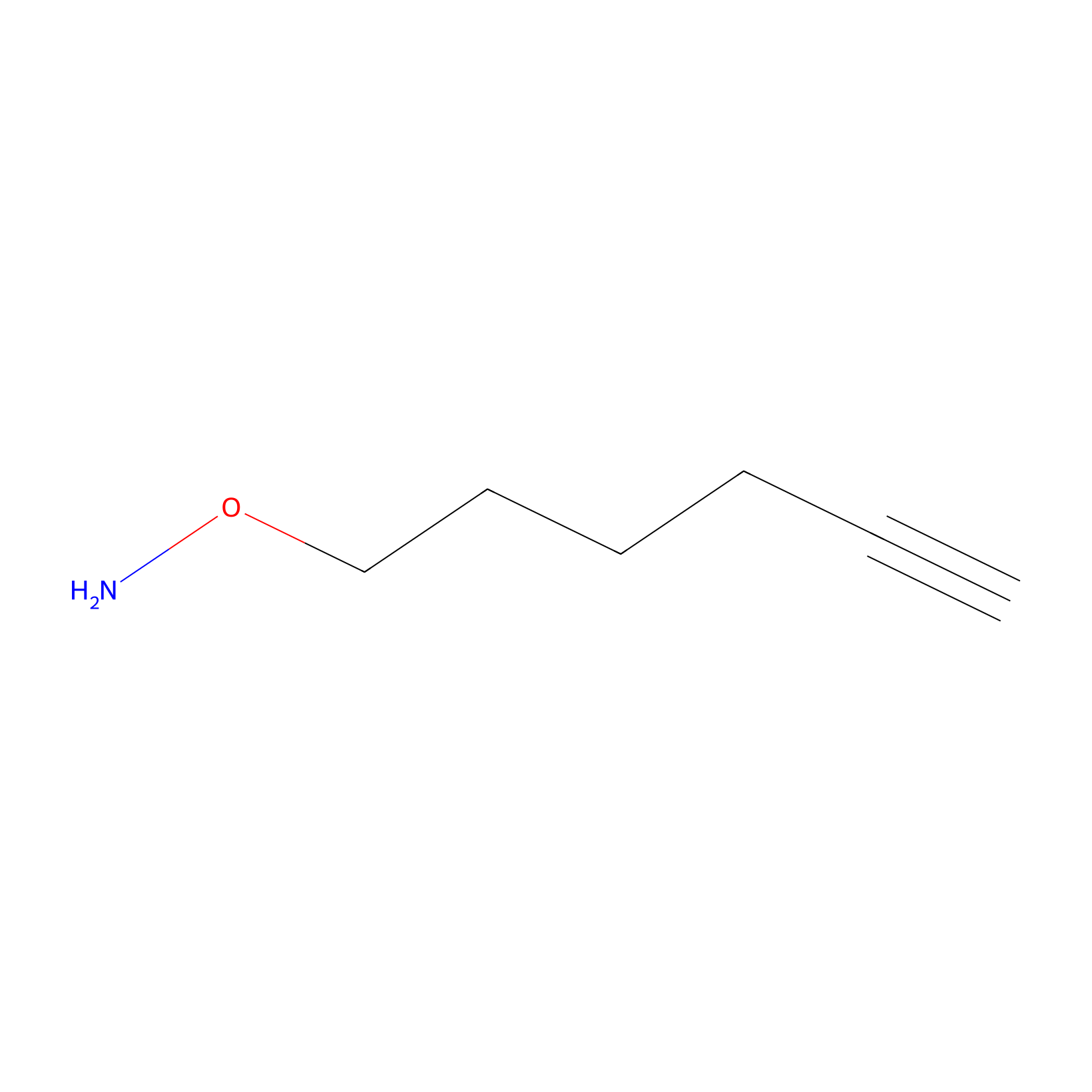Details of the Target
General Information of Target
| Target ID | LDTP05102 | |||||
|---|---|---|---|---|---|---|
| Target Name | Acid-sensing ion channel 1 (ASIC1) | |||||
| Gene Name | ASIC1 | |||||
| Gene ID | 41 | |||||
| Synonyms |
ACCN2; BNAC2; Acid-sensing ion channel 1; ASIC1; Amiloride-sensitive cation channel 2, neuronal; Brain sodium channel 2; BNaC2 |
|||||
| 3D Structure | ||||||
| Sequence |
MELKAEEEEVGGVQPVSIQAFASSSTLHGLAHIFSYERLSLKRALWALCFLGSLAVLLCV
CTERVQYYFHYHHVTKLDEVAASQLTFPAVTLCNLNEFRFSQVSKNDLYHAGELLALLNN RYEIPDTQMADEKQLEILQDKANFRSFKPKPFNMREFYDRAGHDIRDMLLSCHFRGEVCS AEDFKVVFTRYGKCYTFNSGRDGRPRLKTMKGGTGNGLEIMLDIQQDEYLPVWGETDETS FEAGIKVQIHSQDEPPFIDQLGFGVAPGFQTFVACQEQRLIYLPPPWGTCKAVTMDSDLD FFDSYSITACRIDCETRYLVENCNCRMVHMPGDAPYCTPEQYKECADPALDFLVEKDQEY CVCEMPCNLTRYGKELSMVKIPSKASAKYLAKKFNKSEQYIGENILVLDIFFEVLNYETI EQKKAYEIAGLLGDIGGQMGLFIGASILTVLELFDYAYEVIKHKLCRRGKCQKEAKRSSA DKGVALSLDDVKRHNPCESLRGHPAGMTYAANILPHHPARGTFEDFTC |
|||||
| Target Type |
Successful
|
|||||
| Target Bioclass |
Transporter and channel
|
|||||
| Family |
Amiloride-sensitive sodium channel (TC 1.A.6) family, ASIC1 subfamily
|
|||||
| Subcellular location |
Cell membrane
|
|||||
| Function |
Isoform 2 and isoform 3 function as proton-gated sodium channels; they are activated by a drop of the extracellular pH and then become rapidly desensitized. The channel generates a biphasic current with a fast inactivating and a slow sustained phase. Has high selectivity for sodium ions and can also transport lithium ions with high efficiency. Isoform 2 can also transport potassium, but with lower efficiency. It is nearly impermeable to the larger rubidium and cesium ions. Isoform 3 can also transport calcium ions. Mediates glutamate-independent Ca(2+) entry into neurons upon acidosis. This Ca(2+) overloading is toxic for cortical neurons and may be in part responsible for ischemic brain injury. Heteromeric channel assembly seems to modulate channel properties. Functions as a postsynaptic proton receptor that influences intracellular Ca(2+) concentration and calmodulin-dependent protein kinase II phosphorylation and thereby the density of dendritic spines. Modulates activity in the circuits underlying innate fear.; Isoform 1 does not display proton-gated cation channel activity.
|
|||||
| TTD ID | ||||||
| Uniprot ID | ||||||
| DrugMap ID | ||||||
| Ensemble ID | ||||||
| HGNC ID | ||||||
| ChEMBL ID | ||||||
Probe(s) Labeling This Target
ABPP Probe
| Probe name | Structure | Binding Site(Ratio) | Interaction ID | Ref | |
|---|---|---|---|---|---|
|
AOyne Probe Info |
 |
14.10 | LDD0443 | [1] | |
The Interaction Atlas With This Target
The Protein(s) Related To This Target
Enzyme
| Protein name | Family | Uniprot ID | |||
|---|---|---|---|---|---|
| Microsomal glutathione S-transferase 2 (MGST2) | MAPEG family | Q99735 | |||
Immunoglobulin
| Protein name | Family | Uniprot ID | |||
|---|---|---|---|---|---|
| Killer cell immunoglobulin-like receptor 3DL3 (KIR3DL3) | Immunoglobulin superfamily | Q8N743 | |||
Other
| Protein name | Family | Uniprot ID | |||
|---|---|---|---|---|---|
| PRKCA-binding protein (PICK1) | . | Q9NRD5 | |||
